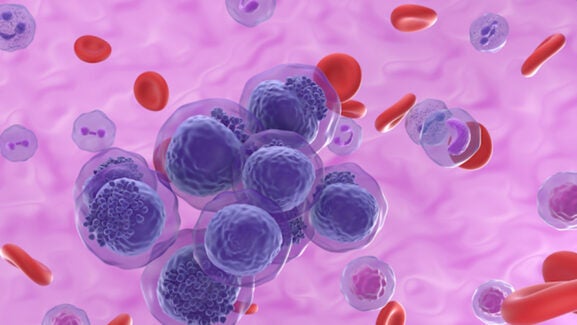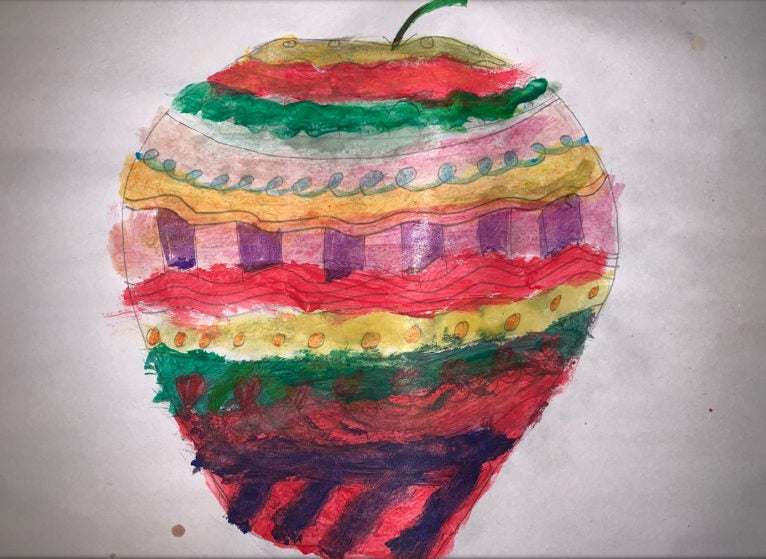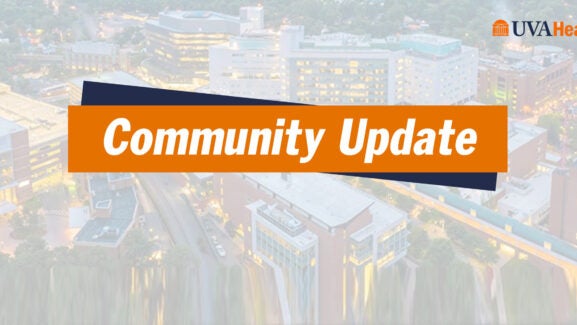

Greenbrier student, 4th Grade
Community Children Learn, Write, and Draw in Celebration of World Diabetes Day
World Diabetes Day (WDD) was created in 1991 by the International Diabetes Federation and the World Health Organization in response to growing concerns about the escalating health threat posed by diabetes. On Nov. 14 — the birthday of Sir Frederick Banting, who co-discovered insulin (along with Charles Best) — UVA Health team members engaged with local children to raise awareness about diabetes.
Backed by a team of physicians, researchers, technologists, coordinators, administrators, and medical students, Rita Basu, MD, Professor of Medicine in the Division of Endocrinology and Clinical Education Director of the Center for Diabetes Technology, reached out to our community to educate elementary-, middle-, and high-school students and to provide virtual lessons on healthy living.
Basu says that it is important to educated children about diabetes because “today’s children are tomorrow’s future. “More than 300 million individuals worldwide either have prediabetes or diabetes. Hence, incorporating a healthy lifestyle — like eating and activity — in children and young adults is a priority to keep the growing numbers of people with this disease under check and to reduce the overall healthcare burden.”
Second-year medical students Rajia Arbab and Lydia Hanson, who are doing a research internship with Dr. Basu, educated local students and adults on the importance of preventative care for diabetes, and gave elementary-, middle- and high-school students virtual lessons on healthy living. K-4, middle- and high-school students were given yoga lessons “movement snacks” by Sarah Creef Baugher, COO, Department of Family Medicine. An introductory discussion about the importance of nutrition and health, and lessons on how to create a healthy meal was planned by Amanda Terillo, RD. Students, staff at the schools, and community members learned about World Diabetes Day, the history of diabetes, what it is, and received a virtual introduction to Basu’s lab.
To encourage students to reflect on what they learned, nearly 2,000 students at Turner Ashby High School, Charlottesville High School, and Buford Middle School were invited to respond to an essay about their thoughts regarding diabetes and the importance of WDD. Greenbrier Elementary School students submitted drawings, reflecting on what they learned about healthy eating. Students were awarded prizes and gifts for participation.
Here are a few samples of of their illustrations and excerpts from essay submissions.
“… When I was first diagnosed, I had a blood glucose level of, like, 700 and I was worried that I might die. But I kept my head up and fought hard. I was able to get down to only taking metformin. …” —Christian, Turner Ashby High School
“…Diabetes, it’s all around me. ‘My A1C is better,’ I can hear my Grandma say. ‘My sugar was 100 last night,’ another friend says. These terms and comments are looked at as normal in my family, because so many of my loved ones suffer from this disease. As a 10-year girl, I sat in my Grandad’s kitchen helping him check his blood sugar, and then writing down in a notebook what this number was. I felt scared that someday too, I wouldn’t be able to enjoy sweet treats, and I would have to prick my finger every day. That sounded like a nightmare to me! … Some days while I’m filling up my water bottle and packing my gym bag, my dad, who is borderline diabetic, decides he will tag along with me, and workout, too. Through my physical exercise, I can inspire people around me — and keep them healthy.” —Morgan, Turner Ashby High School
“… some people think [that diabetes is] not a problem because they don’t have it, but for some people, it’s a problem in their lives because they have it. I’m sure doctors and nurses all around the world are working very hard to keep it under control, and Sir Fredrick Banting deserves to be recognized because he was the one that discovered that you can take the insulin from a pig or a cow and give it to people with the disease. Really, it’s such a big problem that I’m surprised it’s not more of a big deal! It’s not just in America, it’s worldwide, and there is still so much more I think that scientists can do, even though they’ve done so much already. Same with nurses and doctors. We really appreciate all you are doing! —Sofia, Buford Middle School
“In 1900 if you were diagnosed with diabetes, it would pretty much mean that you don’t have much more time on Earth. 22 years later, there was hope! In 1922, Frederick Banting and Charles Best found a way to treat diabetes. It is important to recognize World Diabetes Day because of the people like them that worked tirelessly on a treatment plan. Those people deserve more credit than they got. Diabetes is real and it was life threatening before those people who worked so hard so that future generations could live longer. If not for them, people would still be dying from diabetes. That is why we recognize World Diabetes Day each year.” —Elaina, Buford Middle School
Basu says she loves events like this: educating communities and helping people cope with the disease. Additionally, she is motivated by the latest translational research that will improve the care of patients with diabetes. She thanks her parents, who inspired her to become a physician researcher, her research subjects for motivating her to do better, and her lab team and colleagues for support and encouragement.
Thank you, Dr. Basu and team, for sharing your knowledge and expertise with our community!
Latest News



